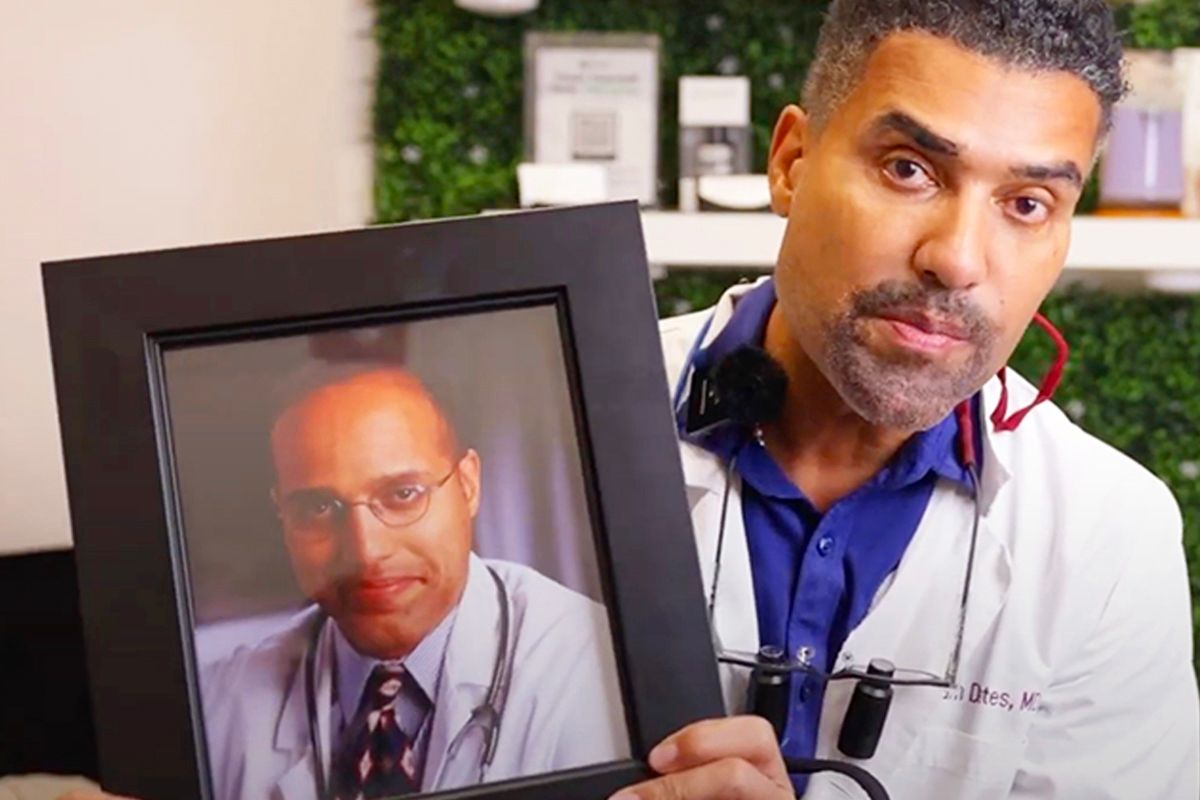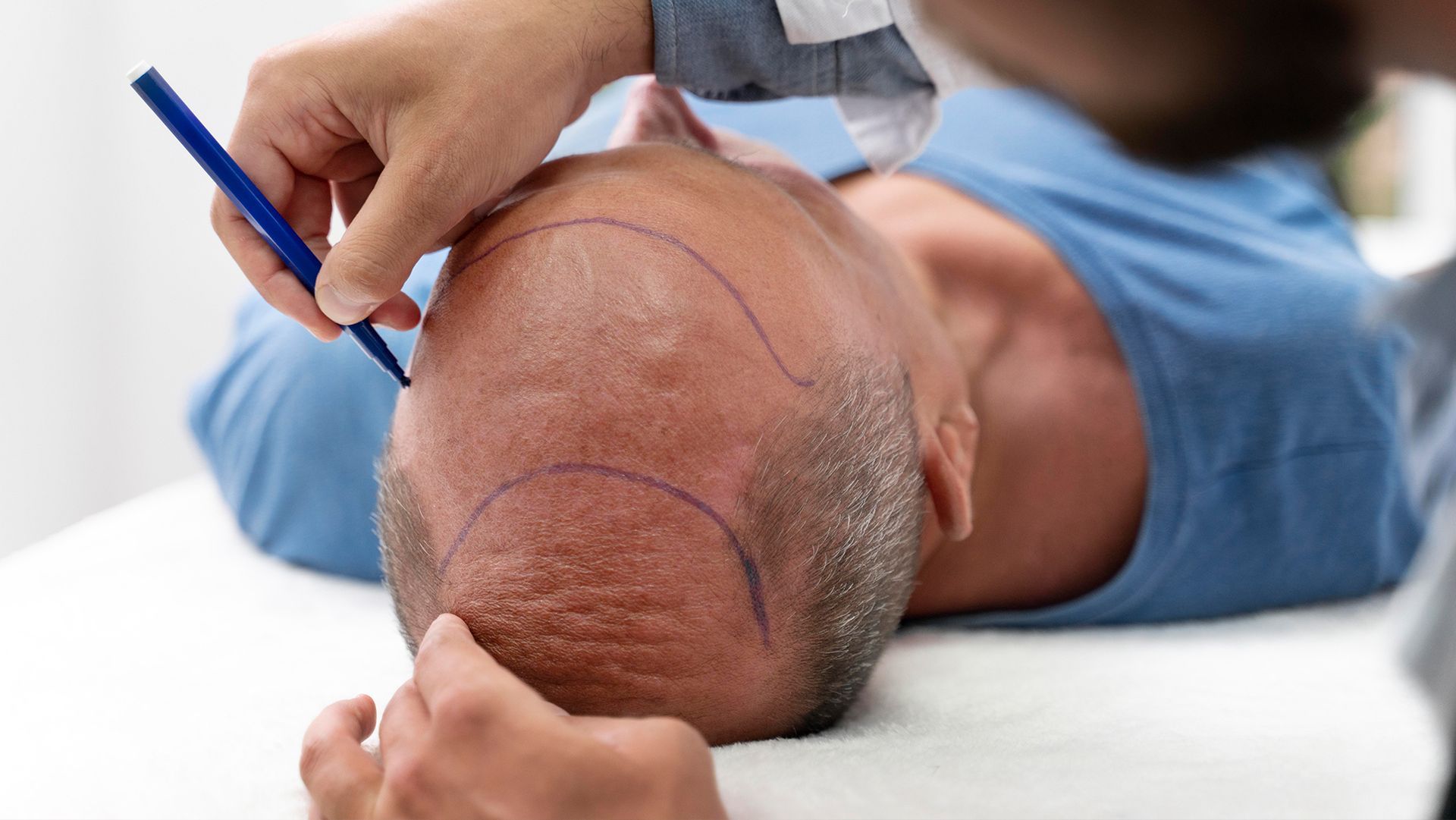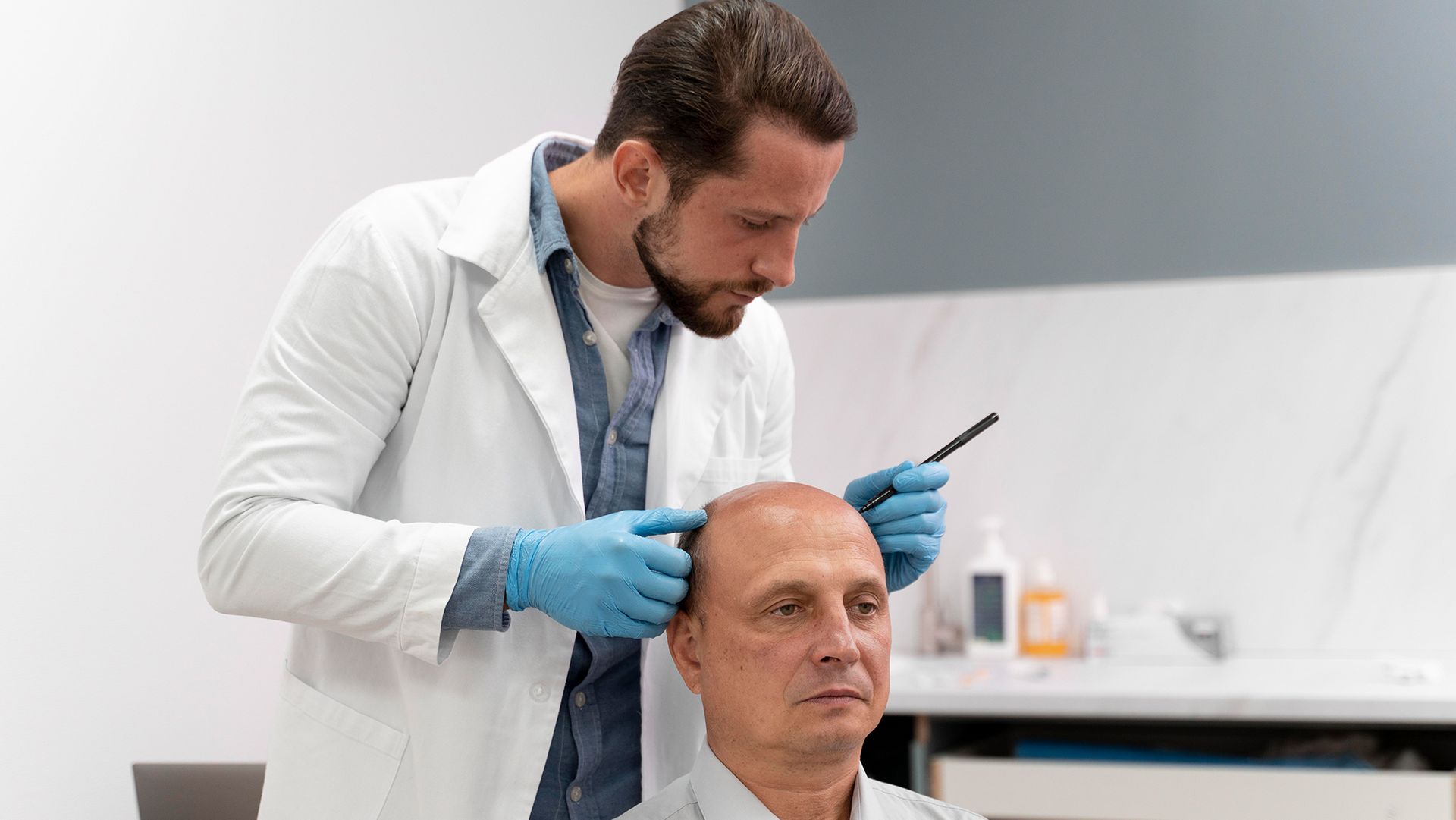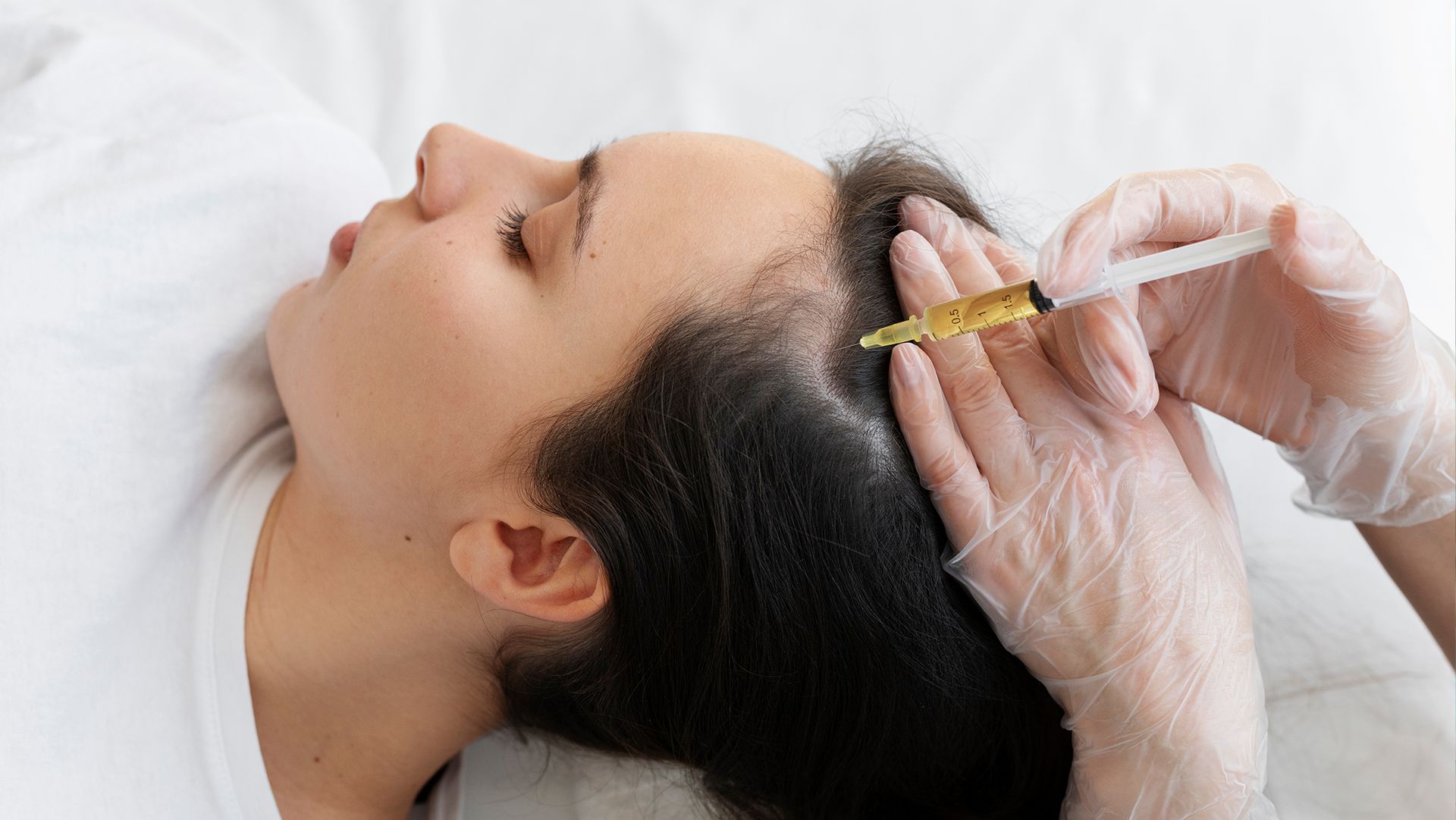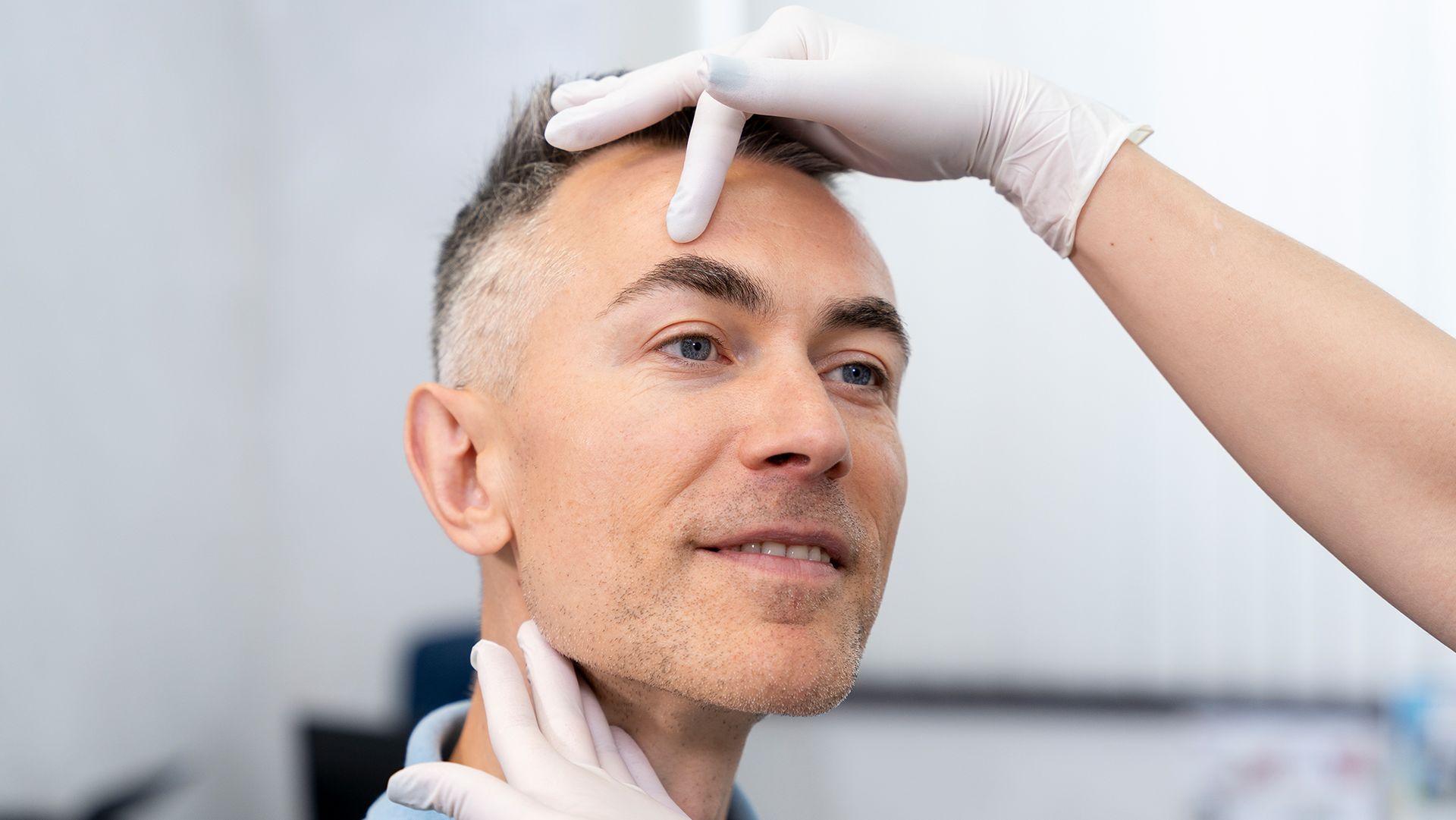The Best Age for Hair Transplant: When to Consider a Procedure
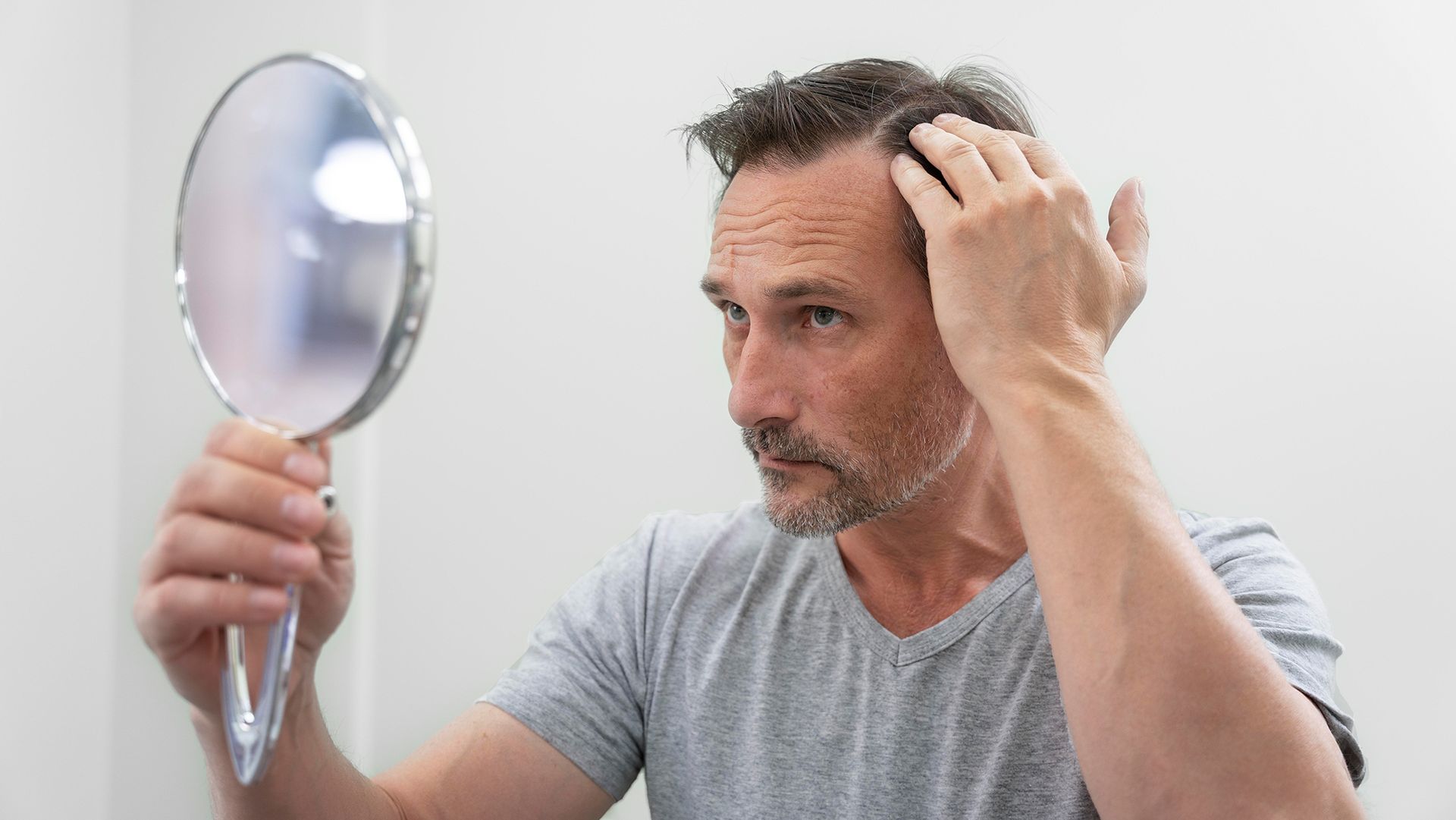
A popular solution to hair loss is a hair transplant, especially if you want something permanent. But one thing you should remember before getting this done is that it’s surgical.
Hair loss can occur in different groups of people for varying reasons. So, how do you know you’re at the best age for hair transplant procedures?
If you want to be extra sure about your choice, here’s a quick guide to help you understand when a hair transplant is a good option.
Do You Get Hair Loss?
You can experience hair loss at any point in your life. But generally, you can expect it to be a severe condition once your body finishes developing and it continues to persist.
Evidence shows that around 30% to 50% of men encounter chronic hair loss when they hit the age of 50. Women also get it at the same age, affecting about 40% of individuals.
Even so, the common age range for severe hair loss conditions starts at the age of 30. This is usually the best age for hair transplant procedures because it reduces risks and ensures enough time for full hair restoration.
Hair loss is often caused by different factors, including age because the hair follicles weaken over time. So, you will likely experience hair loss worsening as you grow older, particularly when you don’t try to prevent it or maintain your hair health.
For others, it may be a result of a specific condition, such as physical trauma or medical complications. However, the hair loss caused by these reasons is usually temporary and can be restored through different methods.
Ways to Prevent Hair Loss
You can prevent hair loss through invasive and non-invasive ways. The following are a few of the most common solutions:
Hair Transplant
If you don’t mind something invasive, a hair transplant is a great option that gives permanent results. It takes away the worry of dealing with hair loss again after some time since it triggers the regrowth of your hair follicles.
It usually comes in two types, namely follicular unit transplantation and follicular unit extraction. The technique you choose usually depends on your case, the condition of your scalp, and your preferred results.
Scalp Micropigmentation
A common non-invasive technique is scalp micropigmentation, which gives the illusion that you have full and thick hair with the use of ink. You can think of it as the scalp equivalent of eyebrow tattooing!
The goal is to mimic the appearance of natural hair follicles with ink by creating small dots onto a thin layer of the skin. So, bald and thinning areas won’t come off too strong.
Natural Remedies
Some natural remedies are proven to be effective in treating hair loss, such as the use of essential oils. These send nutrients to your hair follicles that potentially strengthen their grip and stimulate their growth. However, you want to be wary of what you add to your hair to ensure it’s healthy for your scalp and skin.
Supplements and Medication
Lots of people consider supplements and medication as an alternative to hair transplants and other procedures. Besides strengthening your hair, it can aid other medical issues.
For example, Minoxidil is a popular medication for pattern hair loss. But aside from this, it also works effectively against high blood pressure. Finasteride is another option that treats pattern hair loss, benign prostatic hyperplasia in males, and even excessive hair growth among females.
Hair Management
Proper hair management can change how your hair and scalp feels overall. By using the right products and handling your hair better, you can reduce the pressure put on them. And so, it keeps them healthy, encouraging hair growth at a better rate.
Who Can Get a Hair Transplant?
Anyone can get a hair transplant as long as they can afford it and they prefer to get the procedure. But before you are allowed to book an appointment, you usually need to have a consultation with the surgeon.
This allows the surgeon to carefully evaluate your condition and help you achieve your specific goals during the process. At the same time, it lets them determine if you’re a good fit for the procedure or if you’re better off trying other methods before resorting to a hair transplant.
After all, a hair transplant is a surgery, so there’s no backing out once you jump into it. Because of this, most experts recommend getting professional consultations before deciding on solutions to your concerns.
Potential Hair Transplant Risks
Getting a hair transplant at an age too early or too late can pose a few risks. While it depends from person to person, you want to note these to set proper expectations about the procedure.
A few things to remember include the following:
- Hair loss may still be progressing: Younger people who consider themselves candidates for hair transplant should keep in mind that hair loss is usually progressive. It means you should commit to long-term treatment and maintenance procedures because of the chances of losing more hair.
- Hair loss is difficult to predict: There’s no foolproof way of telling whether hair loss is chronic unless you notice further signs. You should remember that hair fall of up to 50 to 100 strands in a day is normal, but any more may be due to different factors.
- Hair transplants may have a long healing time: The procedure causes scars, so it may take a while to fully recover from it, especially when you’re older. It’s because your body needs more time to restore tissues.
- Insufficient donor areas are possible: Getting a hair transplant at an age too late may result in a lack of donor areas. So, you might not have enough hair follicles to cover all the parts with balding or thinning hair.
Find Out the Best Age for Hair Transplant Procedures
Understanding the best age for hair transplant procedures gives you an idea of when to look out for signs and consider the treatment while reducing risks. At the same time, it lets you know how your age may affect the signs you encounter or the results of your procedure overall.
